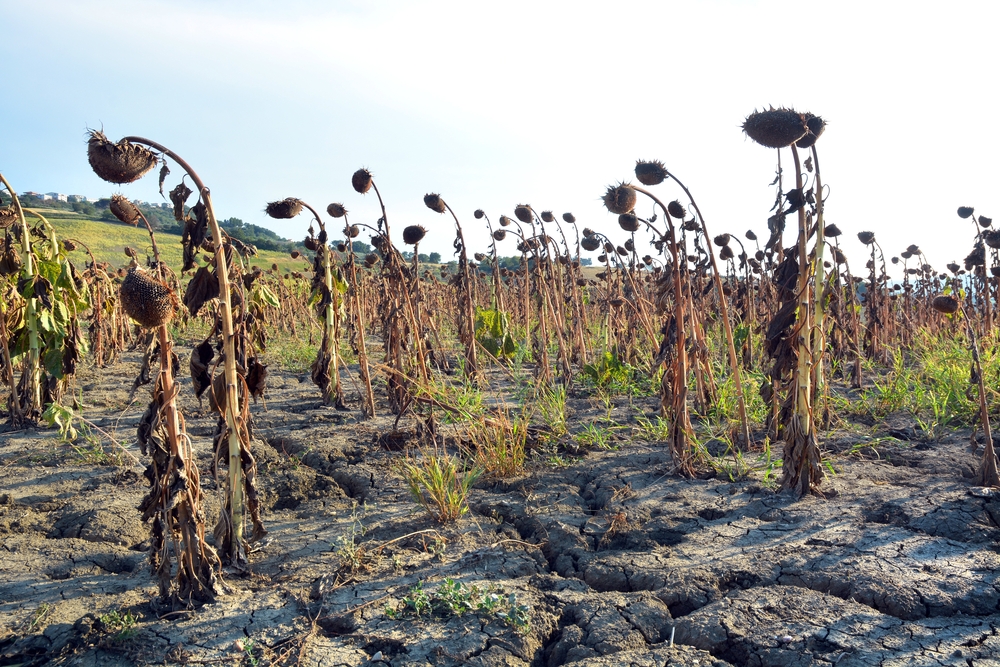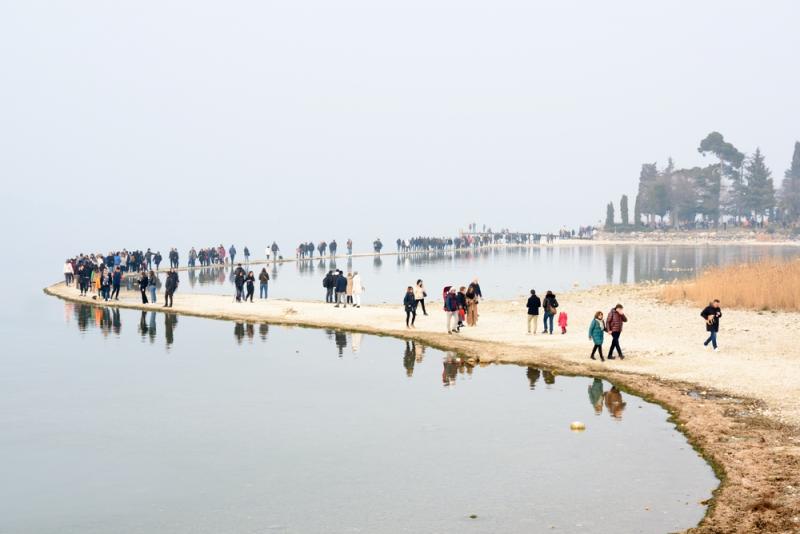Italy is parched.
For the past 13 months, the country has been experiencing a historic drought, the worst in 70 years. It has produced startling images of empty lakes, arid fields and snowless mountains.
The drought hit a peak in July of last year and continued through the winter as a third of the average snowfall from the past decade fell on the Alps. This means we are entering spring with a deficit of more than 12 months of already-low rainfall and snow accumulation.
Appropriately, yesterday was World Water Day, part of a campaign by the United Nations to raise awareness about water issues, or in this case, the lack of water itself. Simultaneously, they have just published a report on water resources management to provide guidelines for facing water crises like the one Italy is currently battling.
While the specifics of how much the drought could impact tourism in the next few months remain uncertain, we want readers to be informed about what’s happening in the bel paese so they know what to expect if planning a trip this year, and so they can help Italy cope with its water woes.
With the spring equinox now behind us, April showers are certainly on everyone’s minds.
Will 2023 be as dry and hot as 2022?
The truth to understanding the gravity of the situation lies in Italy’s highest and coldest environments: Alpine glaciers.
And Antonella Senese, a researcher and professor in Climatology and Alpine Glaciology at the University of Milan, has her finger on the frozen pulse of Italy’s greatest water sources.
Glaciers serve as a reserve of water that gradually feeds aquifers and artificial basins over time. But they have been slowly disappearing. The Marmolada glacier in Trentino, which made headlines last July when an avalanche killed 11 people, has lost more than 85% of its volume in the past 100 years, according to Legambiente.
“Snow is more important than rain because it’s solid, so it slowly melts and refills our water sources,” says Senese. “Rain flows away, so the ground can’t effectively absorb it. The mountains can’t store the groundwater enough to make it useful over time.”
With the drought comes higher temperatures, which only evaporates whatever snow does fall even faster. When the rain and snow cease to fall, the glaciers step in. By July, they are the main source of water downstream. But as they disappear, they have less and less to offer.
“If it rains, it’s either a drizzle or a quick storm and a single episode of rain doesn’t resolve the problem,” says Senese, conveying the unpredictability of the coming months. “Trying to imagine what might happen now is like looking in a crystal ball. You can’t foresee how long it’s going to last.”
The hope is that stable episodes of rain over the coming months will bring much needed refreshment to the country.
What does this mean for anyone traveling to Italy this year?

If a state of emergency is declared like last year, some regions or provinces might implement measures of rationed water for domestic and recreational use (such as showers, pools and water parks) to conserve it for agricultural and industrial uses. But these measures won’t be implemented, if at all, until later in the spring.
The tourism departments of some regions are currently working on energy- and water-saving guidelines that will be published with the start of the high tourism season.
Most likely any measures that will arise in the coming months won’t spoil your holiday, but rain dances from afar are welcome, and if you are planning a trip, here are some tips for the water-wary.
- The first is obvious: be conscious of how much water you use when washing, cleaning and cooking.
- Opt for the sea when looking to cool off. Avoid water parks and other recreational sites that might overuse water.
- Conserve energy wherever you go. The drought also affects hydroelectric plants in the country, part of an already-burdened energy system.
- Stay safe. Consult the national tourism agency ENIT and local tourism board websites for news and updates on the crisis, especially in remote areas. (Tip: The official websites of the larger region you are visiting are where you’re most likely to find up-to-date information on the specific measures in place in a given area.) And check back here for updates on the bigger picture.













